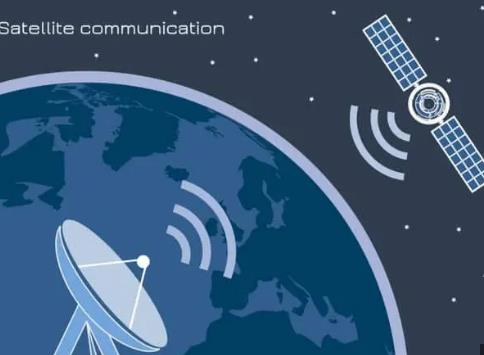What Is an Orthomode Transducer Used For?
Introduction to Orthomode Transducers
An orthomode transducer (OMT) is a specialized device used in the field of radio frequency and microwave engineering. Its primary function is to separate a single waveguide into two orthogonal modes, typically polarizations, enabling the simultaneous transmission and reception of signals. This capability makes OMTs invaluable in various high-tech applications, particularly in telecommunications and radar systems.

Key Functions of Orthomode Transducers
Dual Polarization Capability
One of the critical features of an OMT is its ability to handle dual polarizations. This means it can manage two polarizations—vertical and horizontal—or left-hand and right-hand circular polarizations, depending on the specific design. This dual capability allows for more efficient use of the frequency spectrum by supporting two separate channels in the same physical space, effectively doubling the channel capacity without requiring additional spectrum resources.
Signal Separation and Combination
OMTs are adept at separating incoming signals into two components based on polarization. They can also combine two signals of different polarizations into one output without interference. This function is essential in satellite communications (satcom), where signals transmitted from a satellite to a ground station must be precisely managed to prevent data loss and optimize bandwidth.
Applications in Telecommunication and Radar Systems
Satellite Communication Systems
In satellite communications, OMTs are often employed within the antenna feed system, where they are crucial for handling different polarization modes. This usage is particularly prevalent in very small aperture terminal (VSAT) systems, which are widely used for internet satellite links, private corporate networks, and television broadcasting. The OMT ensures that the satellite link can operate at maximum efficiency by managing multiple polarization signals, which is vital for maintaining robust and reliable communication links.
Radio Astronomy and Remote Sensing
Beyond telecommunications, OMTs are also instrumental in radio astronomy and remote sensing applications. They enable the precise detection and analysis of signals from outer space, where different polarizations can provide unique information about celestial objects and phenomena. This capability allows scientists to gather more detailed data, enhancing the understanding of the universe.
Radar Systems
In radar systems, the use of an orthomode transducer is critical for applications requiring polarization diversity. This diversity helps to distinguish between different types of targets and clutter, significantly enhancing the radar's effectiveness and accuracy. For instance, polarimetric weather radars use OMTs to differentiate between raindrops, snowflakes, and other meteorological targets based on their polarization signatures.
Conclusion: The Strategic Importance of OMTs
Orthomode transducers play a pivotal role in the modern communication landscape, where managing bandwidth and signal integrity is crucial. Their ability to handle multiple polarizations efficiently makes them indispensable in complex systems requiring high reliability and performance. As technology advances and the demand for higher data throughput and more sophisticated sensing capabilities grows, the role of OMTs is expected to expand, further underscoring their importance in the fields of communication, sensing, and exploration.